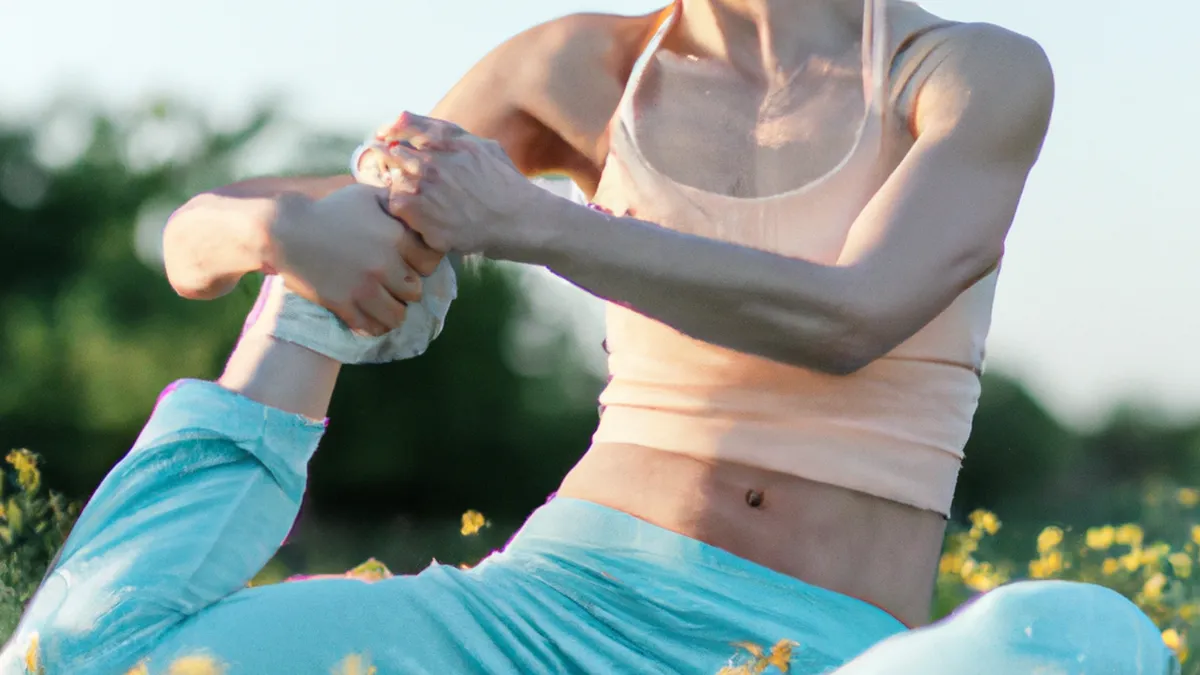Avoiding Common Mistakes During Training
Best Practices for Preventing ACL Injuries in Female Athletes
As an Amazon Associate I earn from qualifying purchases.
Gear tip: consider standing desk balance board, desk cycle and insulated water bottle to support this workout.
Female athletes frequently suffer from anterior cruciate ligament (ACL) injuries. These injuries cause significant downtime and potential long-term complications. Research shows that females face a higher risk of ACL injuries than males. Understanding risk factors and implementing effective prevention strategies is essential. This article discusses best practices for preventing ACL injuries in female athletes, focusing on biomechanics, strength training, flexibility, and more.
Understanding the Risk Factors
Female athletes’ increased susceptibility to ACL injuries arises from multiple factors. Anatomical, hormonal, and biomechanical elements significantly contribute. Women often have wider pelvises, creating a larger angle between the femur and tibia (the Q-angle). This anatomical difference adds stress on the ACL during jumping, pivoting, and rapid direction changes.
Hormonal fluctuations can influence ligament laxity, increasing injury risk, particularly during specific menstrual cycle phases. Females often display different movement patterns than males, raising ACL injury incidence. Understanding these factors helps develop effective prevention strategies.
Biomechanics and Landing Techniques
Improper landing techniques significantly contribute to ACL injuries. Female athletes often land with their knees in a valgus position, collapsing inward and straining the ACL. Educating athletes on proper landing mechanics reduces this risk. They should maintain a neutral knee position during landings and ensure proper weight distribution on their feet.
Strength and Conditioning
Weakness in the knee’s surrounding muscles, particularly the quadriceps and hamstrings, increases ACL injury risk. A structured strength training program is vital for female athletes. Incorporating exercises targeting the lower body, including hips, quadriceps, hamstrings, and calves, provides better knee support. Strong lower body muscles stabilize the knee during dynamic movements, reducing injury risk.
Tips for Preventing ACL Injuries
Implementing specific training techniques can significantly lower ACL injury risk among female athletes. Consider these practical tips:
1. Incorporate Plyometric Exercises
Plyometric exercises enhance strength, agility, and neuromuscular control, essential for preventing ACL injuries. Box jumps, jump squats, and lateral hops help develop muscle coordination and landing techniques. Focus on proper form to reinforce safe landing mechanics.
2. Focus on Flexibility
Flexibility plays a critical role in preventing injuries by improving range of motion. Incorporate regular stretching into training routines.
Conclusion
Implementing these insights can help female athletes prevent ACL injuries effectively. Prioritizing biomechanics, strength, and flexibility enhances overall safety and performance.
Below are related products based on this post:
FAQ
What are the main risk factors for ACL injuries in female athletes?
Female athletes are more susceptible to ACL injuries due to anatomical, hormonal, and biomechanical factors. These include a wider pelvis which increases the Q-angle, hormonal fluctuations that can affect ligament laxity, and movement patterns that differ from males, all contributing to a higher injury incidence.
How can improper landing techniques increase the risk of ACL injuries?
Improper landing techniques, such as landing with the knees in a valgus position (collapsing inward), can strain the ACL and lead to injuries. Educating female athletes on maintaining a neutral knee position and proper weight distribution during landings is essential to reduce this risk.
What types of exercises can help prevent ACL injuries in female athletes?
Incorporating plyometric exercises like box jumps, jump squats, and lateral hops can enhance strength, agility, and neuromuscular control, which are crucial for preventing ACL injuries. Additionally, focusing on strength training for the lower body and maintaining flexibility through regular stretching are important strategies for injury prevention.















Post Comment